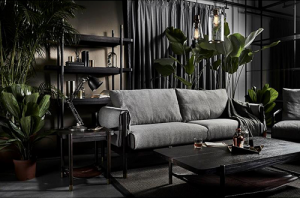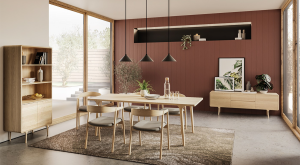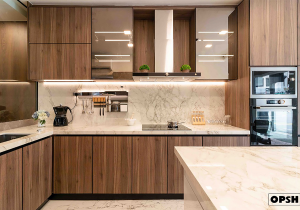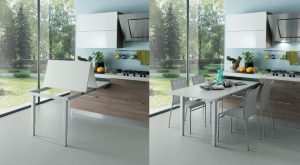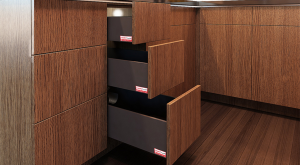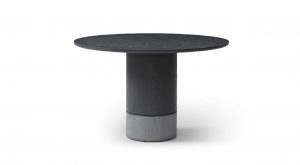Featured Post
Organizing Tips for Cabinet Furniture: Transform Your Space
Cabinets are the unsung heroes of our homes. They keep our belongings hidden and our spaces tidy. But when they’re disorganized, finding what you need becomes a daily struggle. This article shares practical organizing tips for cabinet furniture to help you maximize space, improve accessibility, and keep everything in order. Whether it’s a kitchen cabinet overflowing with pots or a bathroom cabinet stuffed with toiletries, these strategies will transform your furniture into efficient storage solutions.
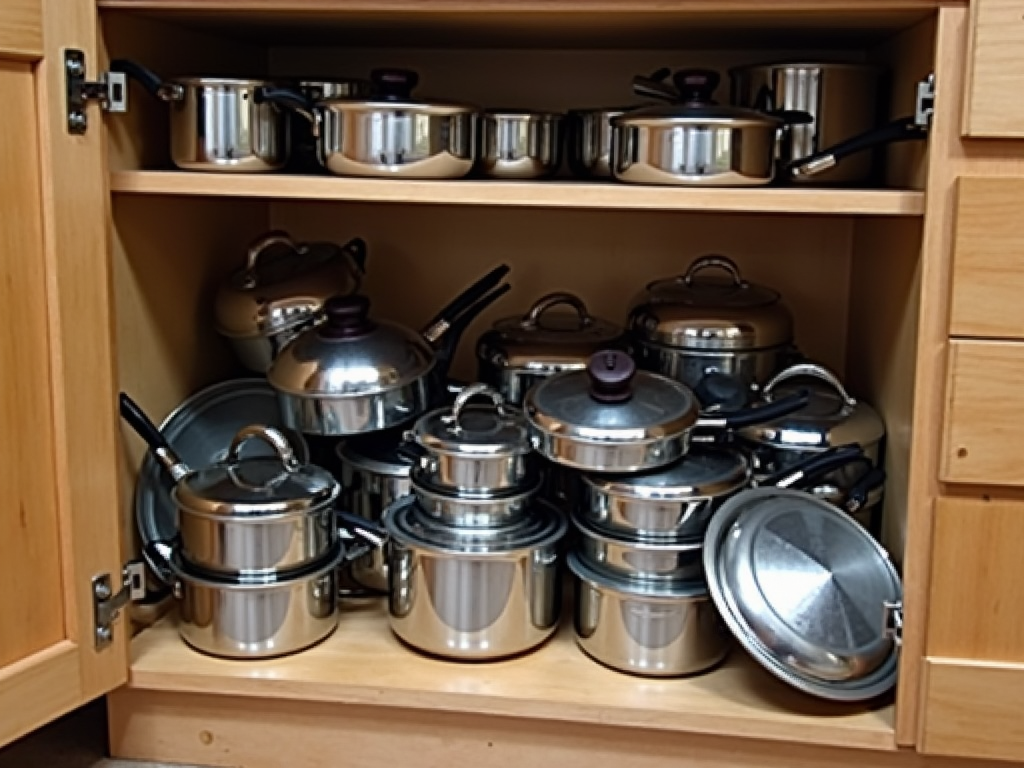
Start with Decluttering
The first step to organizing your cabinet furniture is simple: take everything out. Empty the cabinet completely and look at each item. Do you use it? Do you need it? If you haven’t touched it in a year, it’s time to let it go. Donate old dishes or discard broken tools. I once found three identical spatulas in my kitchen cabinet—decluttering helped me realize I only needed one. This step clears the mess and sets you up for success.
Group Similar Items Together
After decluttering, sort what’s left into categories. Put baking supplies in one group, cleaning products in another, and dishes in a third. This makes it easier to find things later. In my bathroom cabinet, I keep all my hair products together and separate from the first-aid supplies. Grouping items shows you how much space each category needs, so you can plan your cabinet layout smartly.

Add Organizers for Extra Space
Cabinet organizers are game-changers. Shelves, baskets, and dividers help you use every inch of space. A pull-out shelf lets you reach items in the back without knocking everything over. I added a small basket to my pantry cabinet for snacks, and it keeps bags from tumbling out. Pick organizers that match your cabinet’s needs—think about what you store and how you use it.
Label for Easy Access
Labels keep your cabinets organized long-term. Write or print labels for each section or container. This way, you—and anyone else in your home—know exactly where things go. I labeled a bin for spices in my kitchen cabinet, and now I grab what I need without digging. Use simple words like 'spices' or 'towels' so everyone understands. Labels save time and stop the chaos from creeping back.
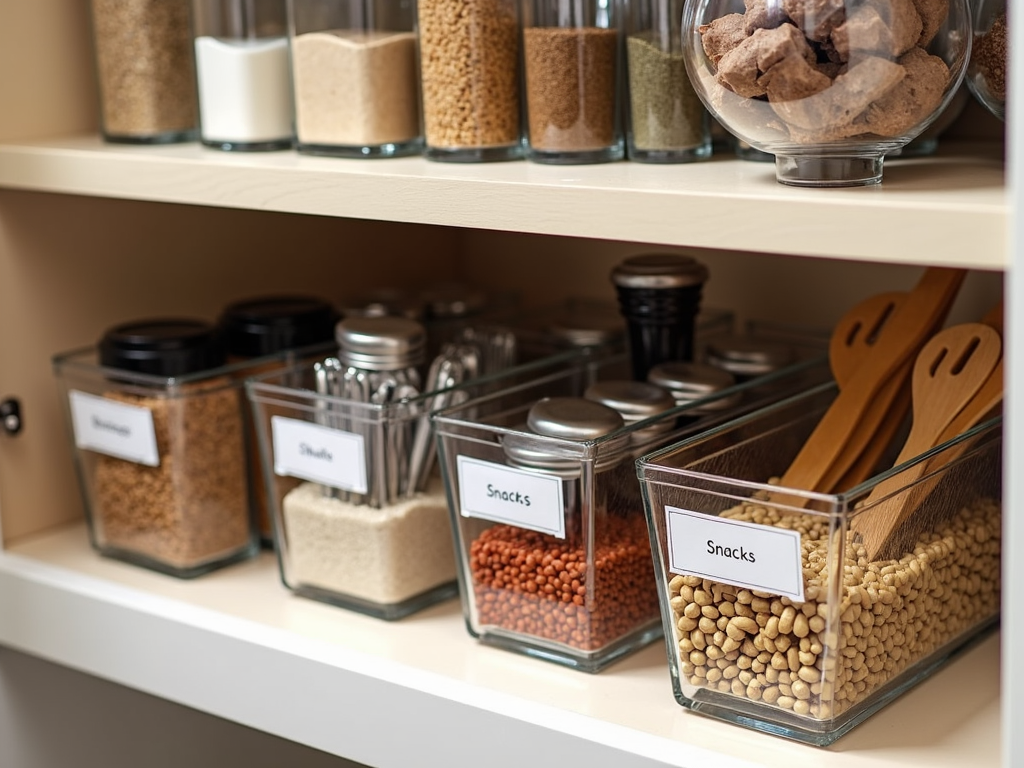
Put Items Where They Belong
Think about how often you use each item. Place things you grab daily—like your favorite mug—at eye level. Store rarely used items, like holiday platters, up high or down low. In my kitchen, I keep everyday plates front and center, while the cake stand sits on a top shelf. This setup makes life easier because you’re not stretching or searching for what you need most.
Keep It Tidy Over Time
Organizing your cabinet furniture isn’t a one-and-done job. Check your cabinets every few months. Toss out anything that doesn’t belong and tweak your setup if something’s not working. I set a reminder to tidy my cabinets twice a year—it takes 20 minutes but keeps them functional. A little effort now and then stops clutter from taking over again.

My Experience with Cabinet Chaos
I’ll admit it—my cabinets used to be a mess. My kitchen cabinet was the worst. I’d reach for a frying pan and pull out a stack of lids instead. It drove me crazy. Then I tried these organizing tips for cabinet furniture. Decluttering cut the junk in half. Grouping items made sense of the rest. Organizers and labels turned it into a space I actually enjoy. Now, I find what I need fast, and keeping it tidy feels simple.
Why It Matters
Organized cabinets save more than just space—they save time and stress. A study from the National Kitchen and Bath Association found that organized kitchens can cut meal prep time by up to 30 minutes a day. That’s time you could spend with family or relaxing. Another report by the University of California suggests clutter increases stress levels—proof that tidying your furniture benefits your mind too.

Tools to Make It Easier
Here’s a quick list of tools that help with organizing cabinet furniture:
- Pull-out shelves: Reach the back without hassle.
- Stackable bins: Double your storage space.
- Drawer dividers: Keep small items in line.
- Labels: Stay consistent with placement.
These don’t cost much but make a big difference. I started with just a few bins and added more as I saw what worked.
| Organizer Type | Best For | Cost Range |
|---|---|---|
| Pull-out Shelf | Deep cabinets | $15-$40 |
| Stackable Bin | Small items | $5-$20 |
| Drawer Divider | Utensils | $10-$25 |
This table shows options for different needs. Pick what fits your cabinet and budget.
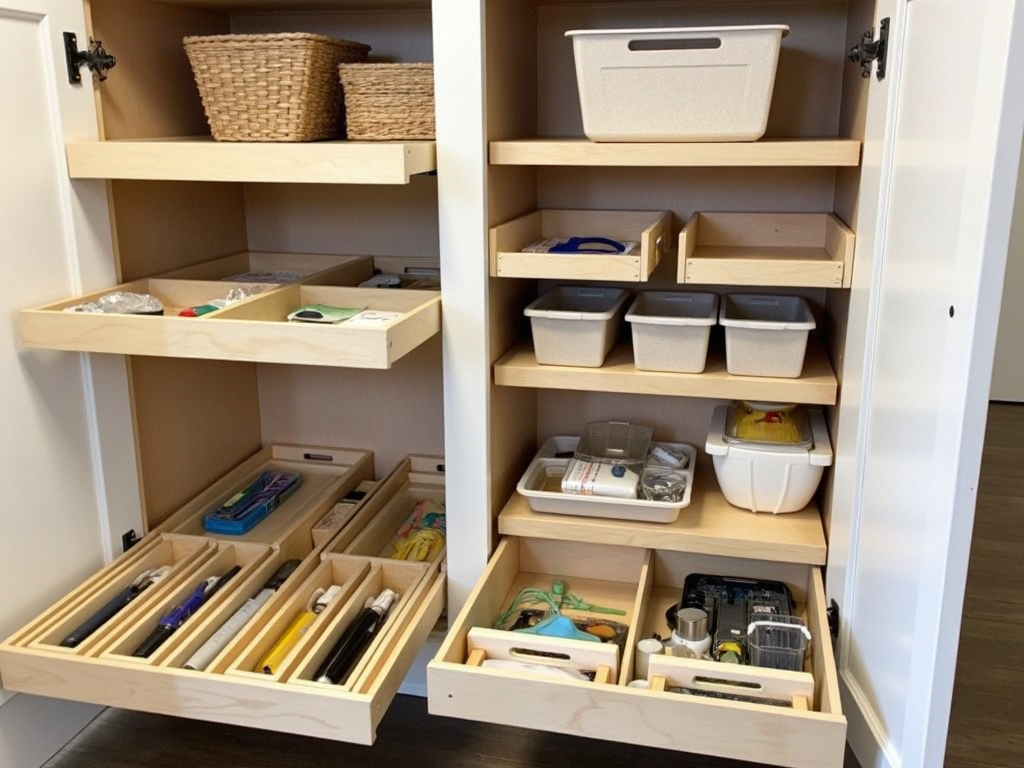
Final Thoughts
Organizing your cabinet furniture takes a bit of effort, but the payoff is worth it. Start by decluttering, group your items, add organizers, label everything, and arrange by how often you use things. Check on it now and then to keep it neat. These steps turn chaotic cabinets into spaces that work for you. With a little time and these tips, you’ll enjoy a home that’s calmer and more efficient.


